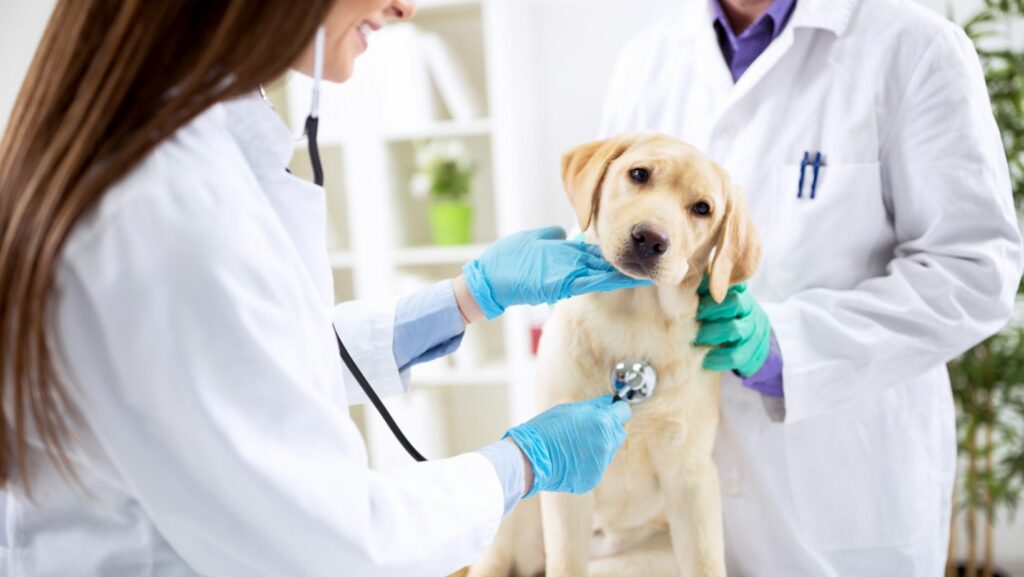
You have likely noticed how technology is transforming the field of veterinary medicine. From digital records to AI-driven diagnostics, technological advancements are making it easier for veterinarians to dedicate more time to patient care.
Instead of getting caught up in tedious administrative work, you now have access to tools that streamline processes, allowing you to focus on what truly matters—helping animals recover quickly.
Whether you run a small clinic or work in a large hospital, innovations are reducing paperwork, speeding up diagnostics, and improving communication between veterinarians and pet owners.
The Impact of Veterinary Scribes on Documentation
If you have ever found yourself overwhelmed with documentation, you are not alone. Veterinary records are crucial for tracking patient history, diagnosing conditions, and ensuring proper treatment plans.
However, writing detailed notes during or after appointments can be time-consuming and take away from face-to-face interactions with pet owners and their animals.
This is where a veterinary scribe comes into play. Using a veterinary scribe, you can dictate your notes or have them automatically transcribed while you examine the patient.
This technology saves time and ensures that records are accurate and comprehensive. With less time spent typing and more time spent engaging with patients, you can provide better care without sacrificing the quality of your documentation.
In addition to traditional scribes, AI-powered veterinary scribes can now analyze conversations and extract key details to generate structured medical records.
This advancement means fewer errors, faster updates, and improved record-keeping, all of which contribute to better patient outcomes.
How Digital Tools Are Improving Diagnostic Accuracy
Diagnosing animal illnesses can be challenging, especially when symptoms are subtle or overlap with multiple conditions. Technology is now playing a vital role in improving diagnostic accuracy.
AI-powered imaging tools can analyze X-rays, ultrasounds, and blood test results within minutes, flagging potential concerns that may be difficult to spot with the human eye.

You no longer have to wait hours or days for lab results. Cloud-based diagnostic tools allow for real-time analysis, meaning you can make informed decisions faster.
This helps in urgent cases and allows for better preventive care, as early detection of diseases can significantly improve treatment success rates.
Moreover, wearable pet health monitors provide continuous data on an animal’s vitals, activity levels, and behavior changes. Integrating this data into your practice can offer more personalized and proactive healthcare solutions for your patients.
Streamlining Communication Between Veterinarians and Pet Owners
Clear communication with pet owners is a critical aspect of veterinary care. However, phone calls, paperwork, and manual reminders often take up much of your time. Digital communication platforms are changing this by automating appointment reminders, follow-up messages, and post-care instructions.
With AI-driven chat assistants, pet owners can receive instant answers to common questions without calling the clinic. These tools help bridge the gap between visits by providing round-the-clock support and guidance.
Additionally, telemedicine solutions allow you to conduct virtual consultations, making it easier for pet owners to access veterinary advice without unnecessary travel.
Leveraging these communication tools can strengthen client relationships while reducing administrative burdens. This allows you to dedicate more attention to treating and diagnosing patients than managing paperwork and phone calls.
The Future of Veterinary Medicine with AI and Automation
You are witnessing the beginning of a technological revolution in veterinary medicine. AI-driven solutions, robotics-assisted surgeries, and automated treatment plans are becoming more prevalent, helping veterinarians optimize patient care.
The goal is not to replace human expertise but to provide support that allows you to work more effectively.
For example, AI algorithms can analyze trends in pet health data and suggest preventive measures before issues become severe. Automated inventory management ensures that you always have the necessary medications and supplies without the hassle of manual tracking.
Even customer service is advancing, with AI-powered assistants handling appointment bookings and basic inquiries.

Integrating AI and automation into veterinary practices is ultimately helping you provide a higher level of care. With less time spent on repetitive tasks, you can focus on diagnosing, treating, and comforting your patients more meaningfully.
Conclusion: Using Technology to Improve Veterinary Care
Adopting technology is a step in the right direction if you want to dedicate more of your time to patient care. Tools like veterinary scribes, AI diagnostics, digital communication platforms, and automation are transforming your work.
These advancements allow you to minimize administrative burdens, make faster and more accurate diagnoses, and maintain stronger relationships with pet owners.
The future of veterinary medicine is one where technology supports, rather than replaces, the essential human touch in animal care. By integrating digital tools into your practice, you can provide better service, improve patient outcomes, and ensure each animal receives the attention it deserves.







